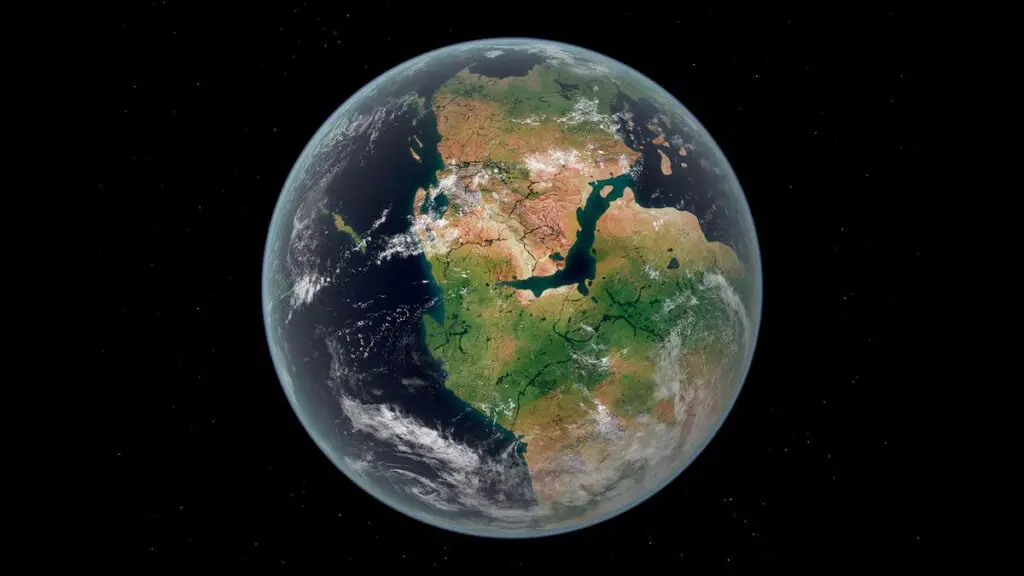Earth’s Greatest Supercontinents: The History of Columbia, Rodinia, and Pangaea
The earth beneath our feet is constantly moving, with tectonic plates pulling apart and smashing back together over hundreds of millions of years. Every so often, this process brings most of the world’s landmasses together to form a massive supercontinent. According to the research done by Joseph Meert, a professor of geosciences at the University of Florida, a supercontinent should encompass around 75% of the available landmass.
Although there is no strict definition for what constitutes a supercontinent, scientists have identified at least three of them that have existed in Earth’s history. Meert verified the dates for these supercontinents, but it’s essential to remember that these are estimates. Nevertheless, let’s dive into these colossal land formations, starting with the first one named Columbia, or Nuna.
Columbia/Nuna: The Earliest Supercontinent
Columbia, also known as Nuna, was the first supercontinent to exist, from around 1.7 billion years ago to 1.45 billion years ago in the Precambrian period. Named after the Columbia basalts region in what is now the U.S., the supercontinent is thought to have connected what is now eastern India at the time. However, scientists are unsure if any supercontinents formed before 2 billion years ago, and it’s possible that only smaller, separate landmasses existed back then.
Rodinia: The Mysterious Supercontinent
Following Columbia, Rodinia was the second supercontinent to form in the Precambrian period. It came together around a billion years ago and broke up around 700 million years ago. While researchers are not certain about the exact size of Rodinia, it is believed that North America was at the core of the landmass. When Rodinia existed, the continents we are familiar with today looked vastly different. For instance, the Americas were merged, while Asia and Africa were separated into pieces.
Pangaea: The Most Recent Supercontinent
The most recent supercontinent, Pangaea, formed around 320 million years ago but eventually broke apart around 175 million years ago. The concept of supercontinents was initially proposed by Alfred Wegener in 1912 after he noticed that the shorelines of Africa and South America appeared to fit together like giant jigsaw puzzle pieces. However, it took several decades for scientists to confirm some of his ideas with the modern theory of plate tectonics, which explains how Earth’s crust is split into plates that move across the mantle.
The Formation of Future Supercontinents: Amasia and Pangaea Ultima
Looking ahead, scientists believe that another supercontinent will form around 250 million years from now. One of the proposed scenarios suggests that the Americas and Asia will merge to create a new supercontinent called “Amasia.” Alternatively, there is also the possibility of Pangaea reforming, with the Atlantic Ocean closing as the Americas, Europe, and Africa merge to form “Pangaea Ultima.”
Furthermore, the “honorable mentions” of Gondwana and Pannotia offer more insight into the history of supercontinents. Gondwana was the largest landmass on Earth for over 200 million years. Pannotia, on the other hand, may have briefly existed around 560 million years ago, combining parts of Gondwana, North America, and Northern Europe.
In conclusion, supercontinents play a significant role in the ever-changing geology of our planet. As the Earth gradually transforms over hundreds of millions of years, understanding the history and formation of supercontinents provides valuable insights into the intricate processes that have shaped the world as we know it.

